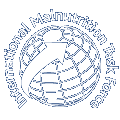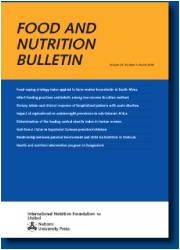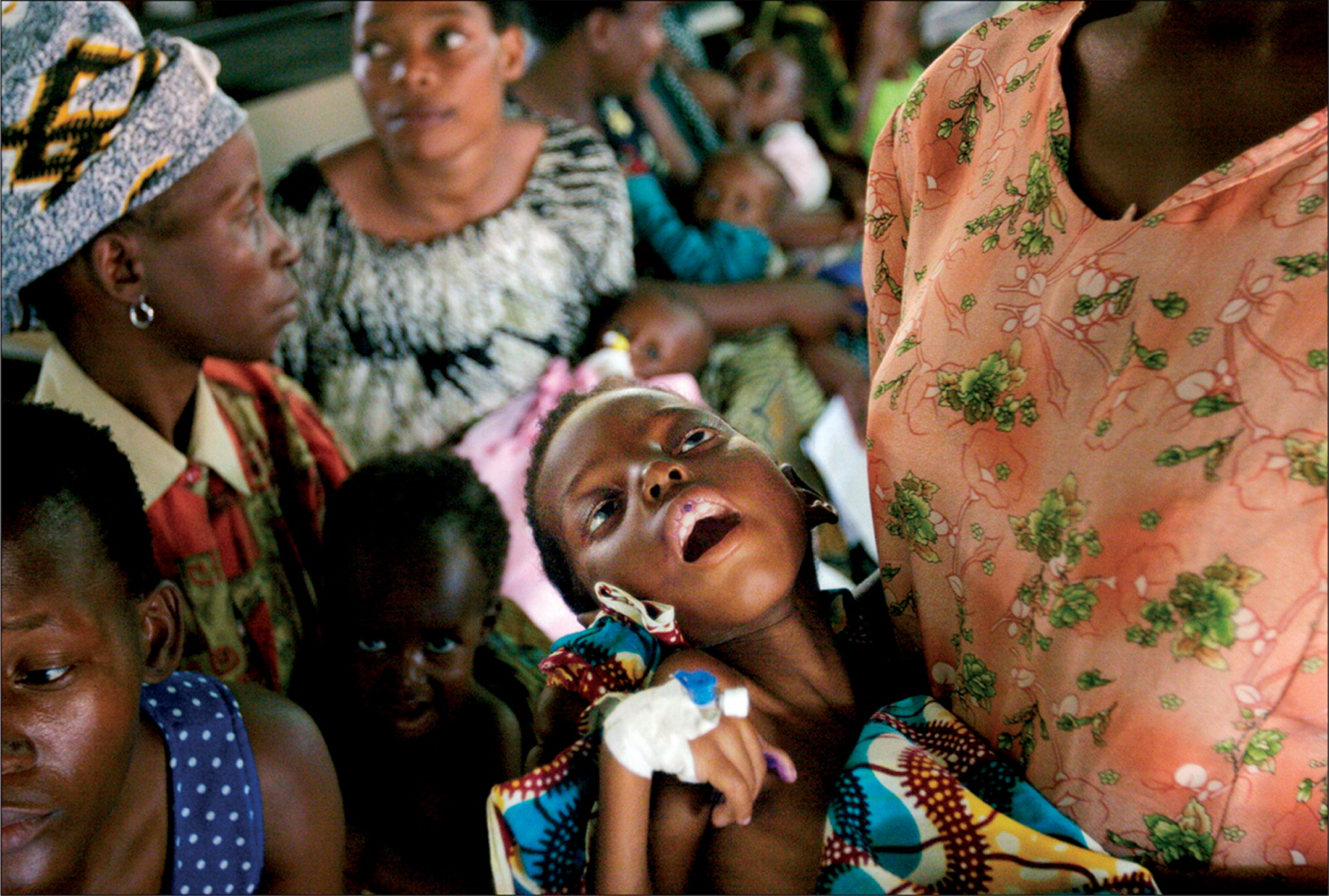Pathophysiological changes that affect drug disposition in protein-energy malnourished children

Oshikoya KA, Senbanjo IO. In-spite of abundant literature on the epidemiology and management of Protein Endery Malnutrition (PEM), focus on metabolism and therapeutic drug monitoring is lacking. This review discussed the pathophysiological changes in children with PEM that may affect the disposition of drugs frequently used for their treatment. This review has established abnormal disposition […]





